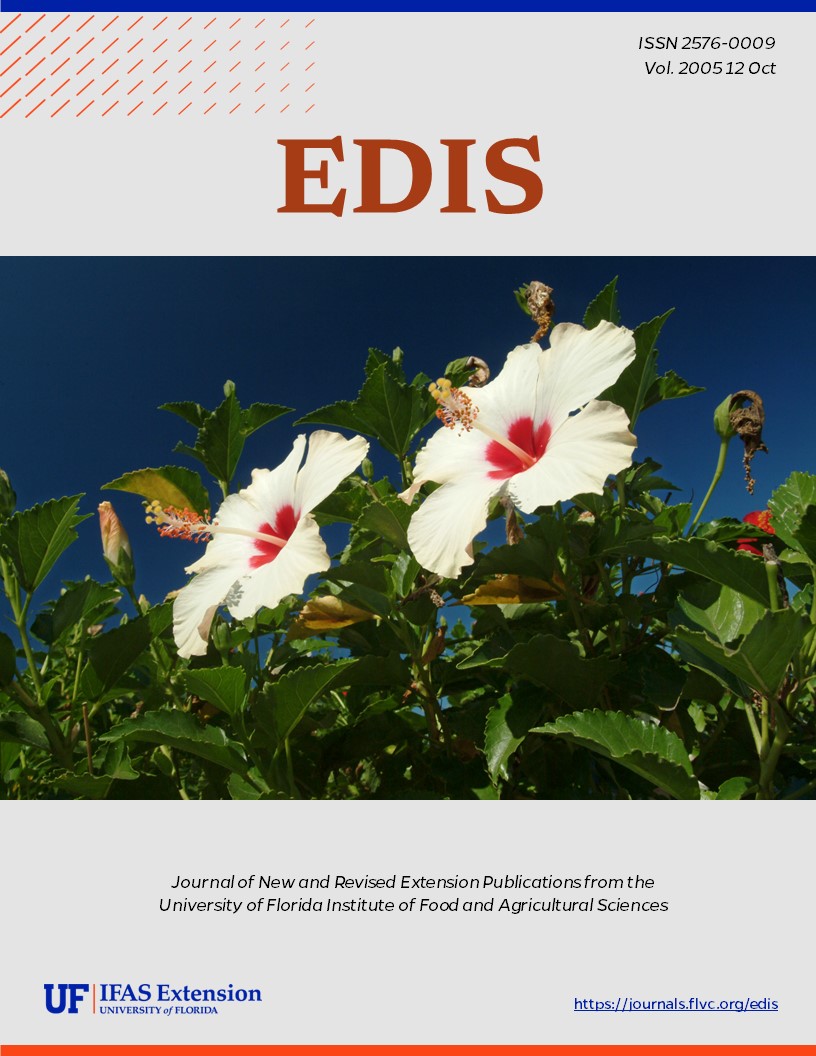Abstract
Bahiagrass is the most common forage grown in Florida, covering approximately 2.5 million acres. The popularity of bahiagrass in Florida can be attributed to its drought tolerance, low fertility requirements, and persistence even under heavy grazing. Although bahiagrass is an important forage species, it can be a serious weed problem for those wishing to produce high-quality bermudagrass hay. Bahiagrass typically does not invade a healthy bermudagrass sward, but as the stand begins to thin and nutrients such as nitrogen become limiting, bahiagrass invasion is common. Additionally, a small percentage of bahiagrass seed can remain in the soil for several years. A healthy bermudagrass sward is necessary to prevent bahiagrass establishment, but herbicides can be used if encroachment begins. This document is SS-AGR-257, one of a series of the Agronomy Department, UF/IFAS Extension. Original publication date September 2005.
SS-AGR-257/AG243: Managing Bahiagrass in Bermudagrass, Stargrass, and Limpograss Pastures (ufl.edu)
References
R. D. Baker. 1996. Differential susceptibility of five bahiagrass (Paspalum notatum Fluegge) cultivars to metsulfuron methyl. Ph.D. diss. University of Florida-IFAS.

